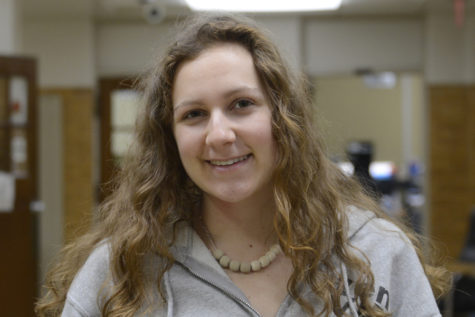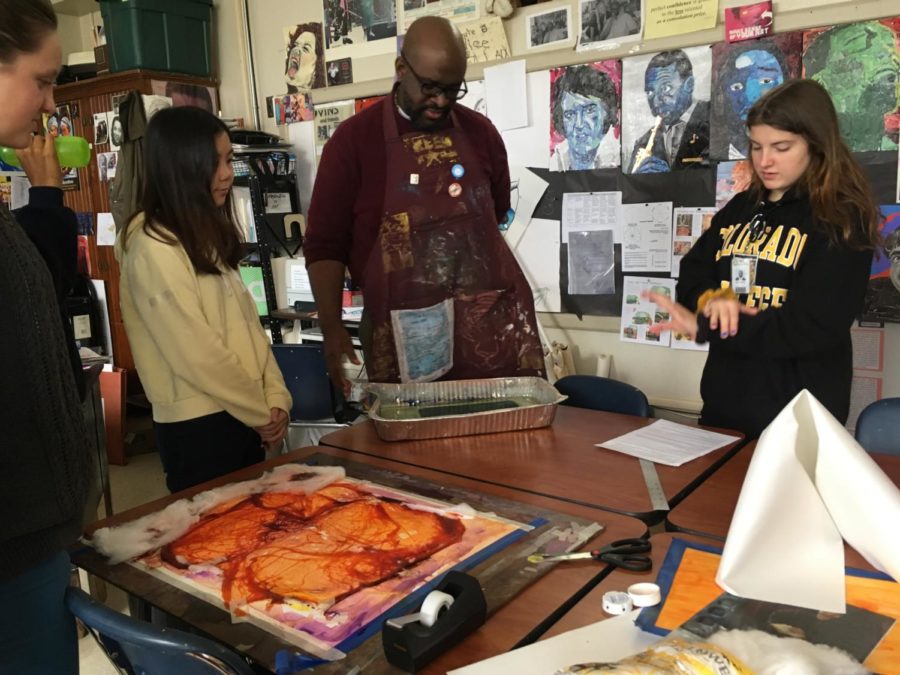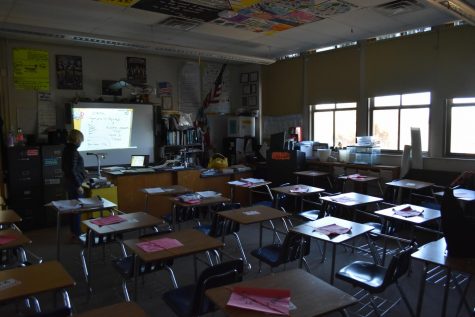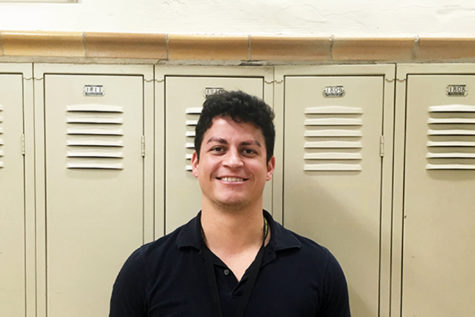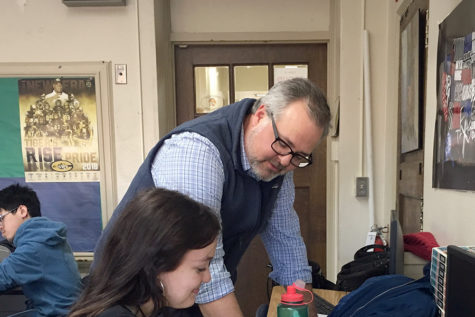‘The Colorist’ Rex Deloney Provokes Meaning, Pushes Young Artists
Whether he is creating striking, colorful paintings in the studio or teaching art to growing, talented young artists in the classroom, art teacher Rex Deloney strives to provoke meaning and inspiration through visual arts.
Before he even started Kindergarten, Deloney knew he was destined for a career in visual arts.
“All my older brothers were artists, so there was always a lot of art in the home. My oldest brother was a basketball star in high school, and I used to really like to draw sports figures,” Deloney said.
Provided with copies of Sports Illustrated by his older brother, young Deloney lavished in drawing images of athletes and superheroes. This hobby eventually evolved into a profession, and Deloney became “The Colorist.”
Through his artwork, Deloney aims to convey meaning, whether of a spiritual nature or a political message. Around eighteen years ago, he developed a trademark strong use of color with a painting titled “Hue Boys,” which expressed a powerful message about race and color. Drawing inspiration from his father who was born in 1932, he was intrigued by the evolution of “that little box” that determines color. Color began determined as Negro and eventually evolved from colored, to Afro-American, to African American, to black.
“I was really investigating what is true color or pure color, which is hue, and that’s why I had it called ‘Hue Boys,’” Deloney said. “I stopped using the normal skin tones we see in different races, and I started using colors off the color wheel and thought about the psychological impact that it has on the viewer.”
The “Hue Boys” painting of five little boys sitting on the stump of an abandoned building pensively looking out portrays each boys in a different color. The variation is meant to provoke meaning and make people think about the emotional impact of color. Deloney applies this artistic perspective to most of his artwork.
“I use a lot of blues and violets and reds–different colors for the people and the figures that I paint, and that tells a story. So if I’m doing something that’s peaceful, or something that’s spiritual, you’ll see a lot of blue images in there. You can still see gender, you can still see ethnicity, but it’s color and everything is color,” Deloney said.
As a teacher, Deloney pushes his students to create meaning through their artwork as well. He is inspired by watching the young artists transition from being more timid to being confident in their work.
“I like seeing students discover and explore what they can do with just a little bit of tutoring, with just a little bit of modeling,” Deloney said. “I like seeing them mature as artists and grow into people that not only are skilled and talented, but their artwork also has meaning, and they’re speaking from their heart when they create their artwork.”
Teaching art hasn’t always been the only aspect of Deloney’s line of work; in the midst of his artistic career, during the time he spent living in Yakima, Wash. after college, Deloney was a football and basketball coach.
“I coached middle school girls’ basketball, and then I coached football for 15 years, and I coached AAU basketball,” Deloney said.
His pursuit of coaching stemmed from his interest in sports illustration. Because of his connection with his older brother, he always loved sports and loved painting sports. In his early career, Deloney ended up painting many compositions geared toward sports illustration and had a lot of them published in periodicals. His initial interest in painting sports eventually led to coaching and working with young people. However, his coaching experience did not carry over when he moved back to Little Rock from Yakima.
“I coached one more year in Jacksonville, then I put my whistle up and held onto my brushes and my clipboard for teaching,” Deloney said.
